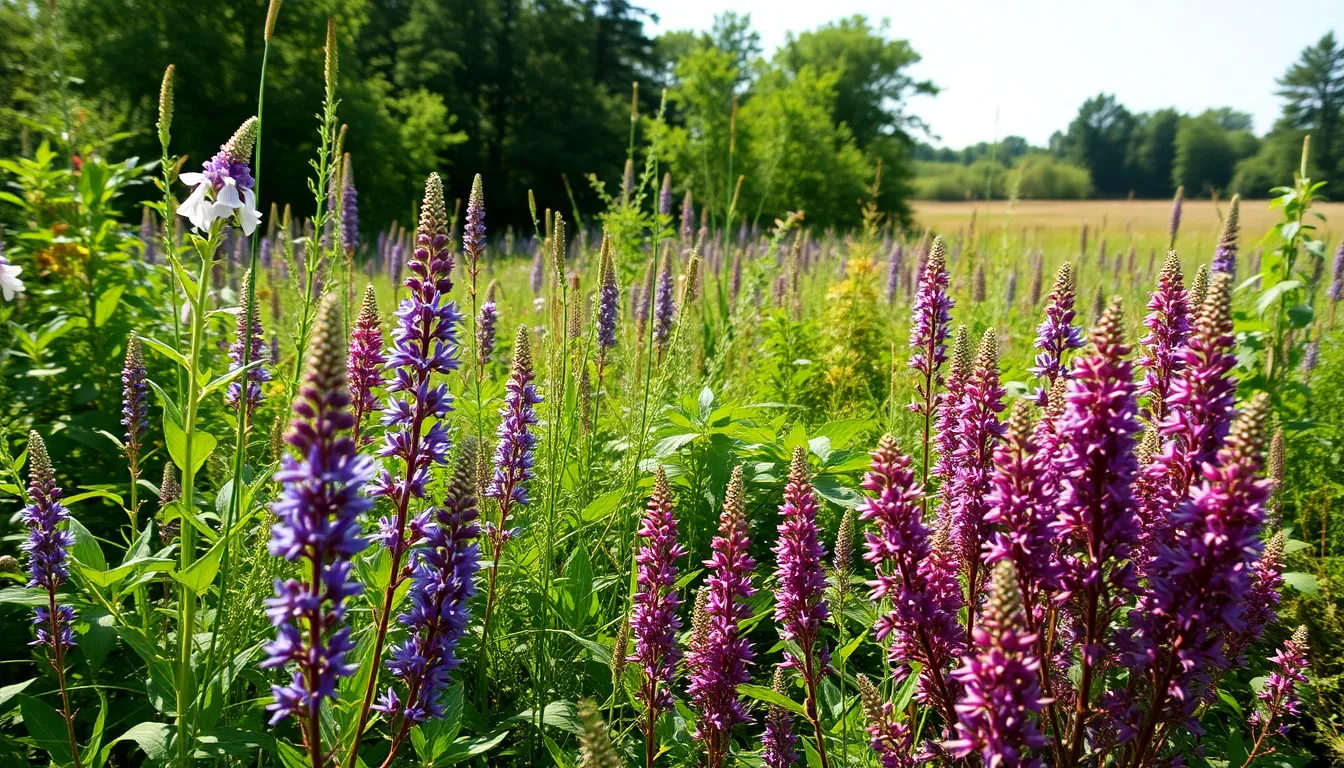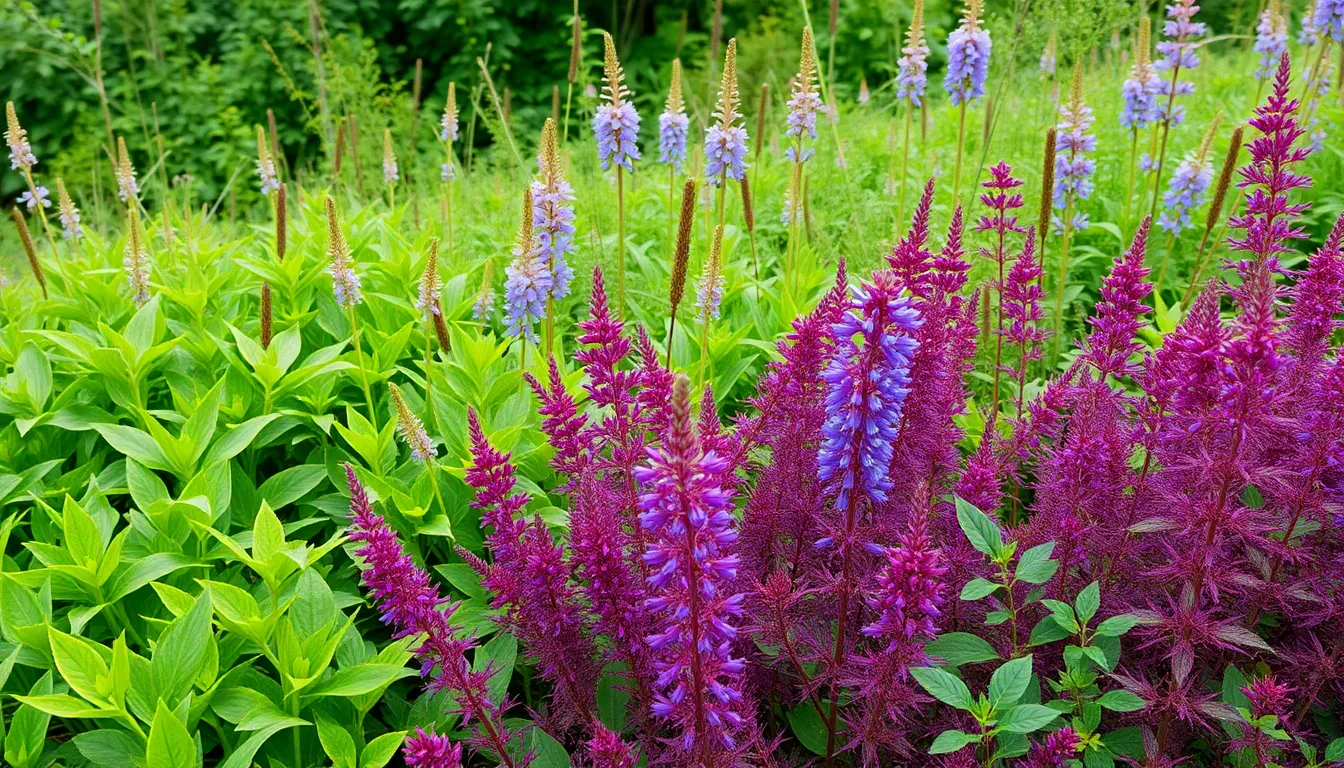Invasive plants are the uninvited guests of the botanical world, crashing ecosystems and throwing nature’s party into chaos. They sneak in, spread like gossip, and before you know it, they’re hogging all the resources, leaving native plants feeling a bit green with envy. As these botanical party crashers continue to wreak havoc, staying updated on the latest invasive plant news becomes crucial for anyone who cares about preserving our natural landscapes.
Invasive Plant News
Recent updates highlight significant shifts in the understanding and management of invasive plant species. Staying informed about these developments ensures better protection for natural ecosystems.
Key Findings from Recent Research
Studies confirm that invasive species diminish local biodiversity. These harmful plants often absorb nutrients, depriving native flora of essential resources. Researchers identified specific invasive species that most intensively disrupt ecosystems, such as Japanese knotweed and purple loosestrife. Experiments show that targeted removal can enhance native plant regeneration. Data reveals a strong correlation between invasive plant density and decreased wildlife populations, emphasizing the critical need for continued research.
Breakthroughs in Management Strategies
Innovative management approaches show promise in controlling invasive plants. Integrated Pest Management (IPM) combines biological, chemical, and cultural tactics to target these species effectively. New biocontrol agents are being tested, including specific insects that feed on invasive plants without harming natives. Additionally, community engagement programs motivate local residents to participate in removal efforts. Financial incentives for landowners who manage invasive species are gaining traction, promoting better stewardship of natural areas.
Impact of Invasive Plants on Ecosystems


Invasive plants significantly disrupt ecosystems. They interfere with resource availability and outcompete native species, leading to harmful environmental shifts.
Economic Consequences
Invasive plants cause considerable economic impact across various sectors. Landowners face higher management costs due to the need for targeted removal and control measures. Agriculture often suffers as invasive species diminish crop yields and increase pest pressure. Affected landscapes may deter tourism and recreational activities, leading to reduced income for local economies. Specific estimates show that invasive plants cost the U.S. economy approximately $120 billion annually in control and damages. Resilience requires investment in effective management strategies, promoting ecosystem stability and sustainability.
Biodiversity Concerns
Biodiversity faces significant threats from invasive plants. Native flora and fauna struggle to compete for resources as invasive species dominate ecosystems. Research indicates that areas with high invasive density experience declines in wildlife populations. Loss of biodiversity disrupts ecological balance, with cascading effects on food webs and nutrient cycles. Additionally, certain invasive species, like purple loosestrife and Japanese knotweed, can obliterate native plant communities. By fostering awareness and developing innovative management strategies, stakeholders can protect native biodiversity and maintain resilient ecosystems.
Community Efforts in Combating Invasive Species
Community involvement plays a crucial role in the fight against invasive species. Local efforts focus on educating residents about the loss of biodiversity caused by these plants.
Volunteer Programs and Initiatives
Volunteer programs offer hands-on opportunities for individuals to combat invasive species. Many organizations host removal events, where community members gather to clear infested areas. Participation in these initiatives fosters teamwork and raises awareness regarding the ecological impact of invasive plants. Tools and resources are often provided to ensure successful removal efforts. The commitment of volunteers leads to healthier ecosystems and promotes the restoration of native flora.
Educational Campaigns
Educational campaigns serve to inform the public about the dangers of invasive species. Local workshops and online resources provide valuable information on identification and management. Schools often partner with environmental groups to engage students in learning about invasive plants. Brochures and social media posts help spread awareness across wider audiences. By increasing public knowledge, these campaigns empower communities to take action against invasive species and protect local biodiversity.
Policy Changes and Regulations
Recent policy changes aim to address the challenges posed by invasive plants. These regulations focus on managing and containing harmful species to protect native ecosystems and biodiversity.
New Legislation
New legislation introduced in various states emphasizes stricter control measures for invasive species. Laws now require landowners to report the presence of certain invasive plants, such as Japanese knotweed. Fines may apply for non-compliance. Additionally, funding is allocated for research focused on effective removal techniques. These developments signal a stronger commitment at the state and federal levels to combat invasive species and reduce their impact on local environments.
Environmental Protection Measures
Environmental protection measures are increasingly being integrated into land use plans. Municipalities adopt guidelines promoting native planting and limiting the sale of invasive species. Conservation organizations collaborate with local governments to educate communities about responsible land management practices. Proactive approaches include regular monitoring of invasive plant populations and strategic removal efforts. Such measures contribute to safeguarding biodiversity, promoting ecosystem health and enhancing the resilience of natural landscapes.

